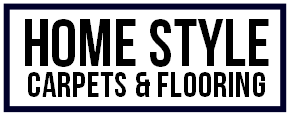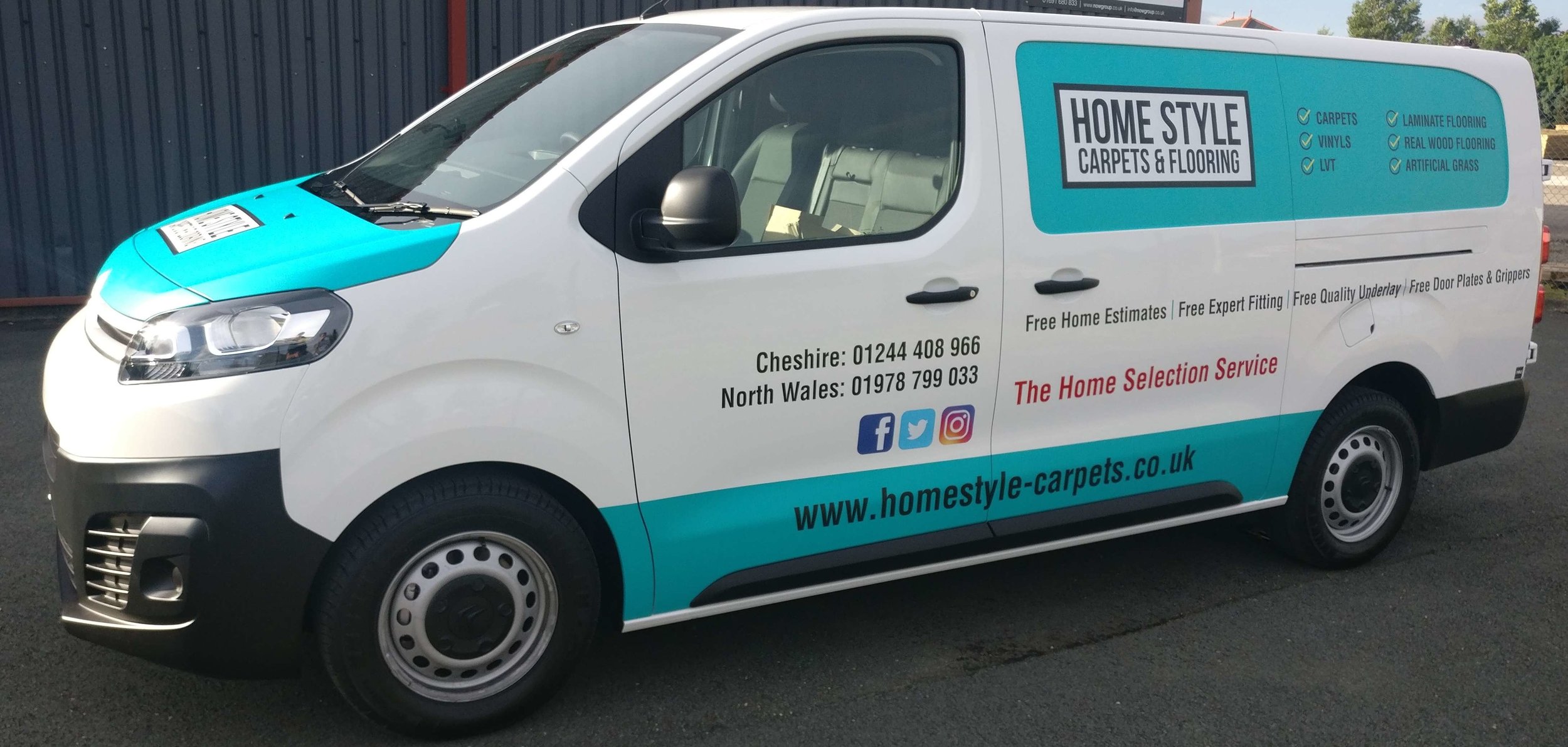What’s the difference between solid wood and engineered board floors?
/Having a wooden floor in the home is a coveted option for many property owners. While many modern flooring choices, like laminate and luxury vinyl, perform an impressive imitation of real wood using digital photography, the warmth and natural feel of true timber can’t always be replicated.
There are two main options to pick from when people want to install a wooden floor in their homes – solid wood and engineered boards. In the following sections, we’ll investigate how these two floor types compare, helping homeowners make their final selection.
Appearance
A hardwood floor and one with engineered boards look exceptionally similar in appearance, offering the same natural wood appeal on the surface. Where they differ, however, is in their construction. Solid wood floorboards are single pieces of timber cut into planks, and they can be made from oak, walnut or maple, among other types. Engineered boards, on the other hand, use layers of cheaper plywood that are topped with a layer of high-quality wood like those previously mentioned.
Durability
Both types of wood floor are able to withstand a high volume of human traffic, and unlike other flooring types, they often look better with additional wear. To protect excessive pressure in specific spots, it’s still worth considering using furniture pads under heavy tables and sofas.
Installation
As hardwood boards must be nailed into place, while engineered floors use tongue and groove assembly, many DIYers find the latter an easier project to complete. Those using a professional service may also find that contractors can install engineered wood faster and more quietly, causing less inconvenience.
Care
Cleaning both types of floors is comparable. Light sweeping and vacuuming is all that’s required day to day, with a more comprehensive clean occurring each month. An approved wood cleaner should be used with no excessive moisture, as water can cause damage to both types of flooring over time.
Longevity
Solid wooden floors are famous for often living longer than the actual buildings they’re installed in. Hardwood boards can last anywhere between 30 to 100 years, as they can be sanded down and refinished periodically, rejuvenating them and restoring their original appearance.
Due to its design, engineered wooden flooring cannot be sanded and refinished as many times, reducing its lifespan compared to hardwood. However, engineered flooring still provides plenty of value, with boards that last anywhere between 20 to 30 years, and sometimes even longer, depending on usage and care.
Cost
In terms of price, a solid wood floor to cover an area of five metres by five metres will cost approximately £1,250 to £2,000 here in the UK. Engineered wood floors can be far less expensive, with prices to cover the same sized living space estimated between £500 to £2,750, depending on the wood grade used.
As you can see, both types of wooden flooring will offer a robust solution that is easy to care for and will look exceptional. If longevity is key, hardwood is a better choice, but if price is a concern and you want an easy installation, engineered boards might be the flooring for you.

